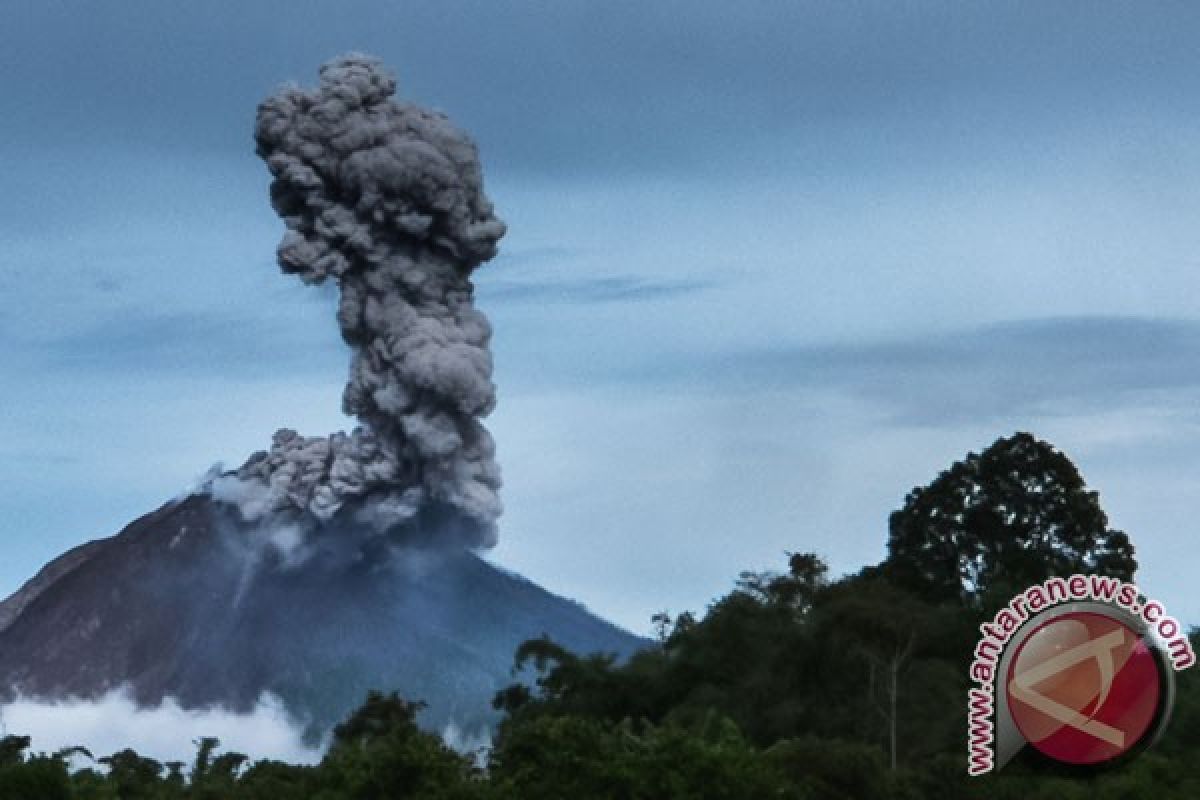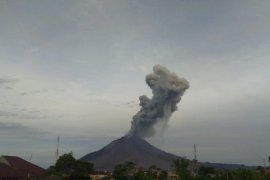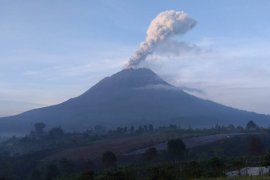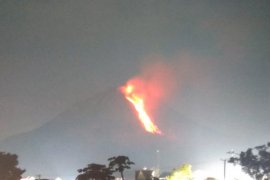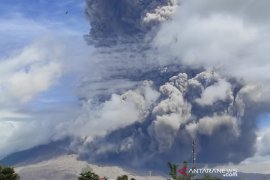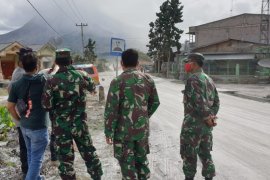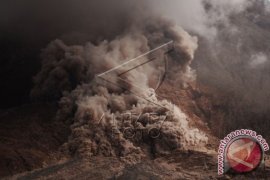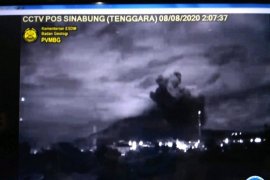"The local people are accustomed to seeing Mount Sinabung erupt since the alert status was declared on June 2, 2015, and eruptions have occurred daily," he noted in a statement, here, Thursday.
The Mount Sinabung observation post recorded that the eruption had dispersed ash up to a height of two thousand meters into the air and let out an avalanche of hot cloud that travelled a distance of 1,500 meters towards the south and two thousand in the east-southeast direction.
Thousands of residents of several villages have been evacuated to new settlement areas, while those still staying in refugee camps are awaiting relocation.
The BNPB has spent Rp321.6 billion since 2013 for Mount Sinabungs refugees on educating their children and providing clean water, food, and electricity.
President Joko Widodo had signed Presidential Decree No. 21 of 2015 on a task force for accelerating the relocation of victims affected by Mount Sinabungs eruptions.
Inhabitants of 10 villages located within a radius of three to five kilometers from the mountain top are being relocated to new settlement areas.
In addition to providing permanent houses, each refugee family will receive a house and half a hectare of farming land from the government.
The government has allocated 185 hectares of land for this purpose, and each family will receive half a hectare.
Mount Sinabung had been inactive for four centuries, but since coming back to life in 2010, it has erupted sporadically.
More than 30 thousand people across 34 villages were displaced from September 2013 to February 2014 as a result of the eruptions of the 2,600-meter-high mountain.
Mount Sinabung again erupted on September 15, 2015, and spewed hot ash as far away as four kilometers from the volcanos crater.(*)
Editor: Heru Purwanto
Copyright © ANTARA 2017
